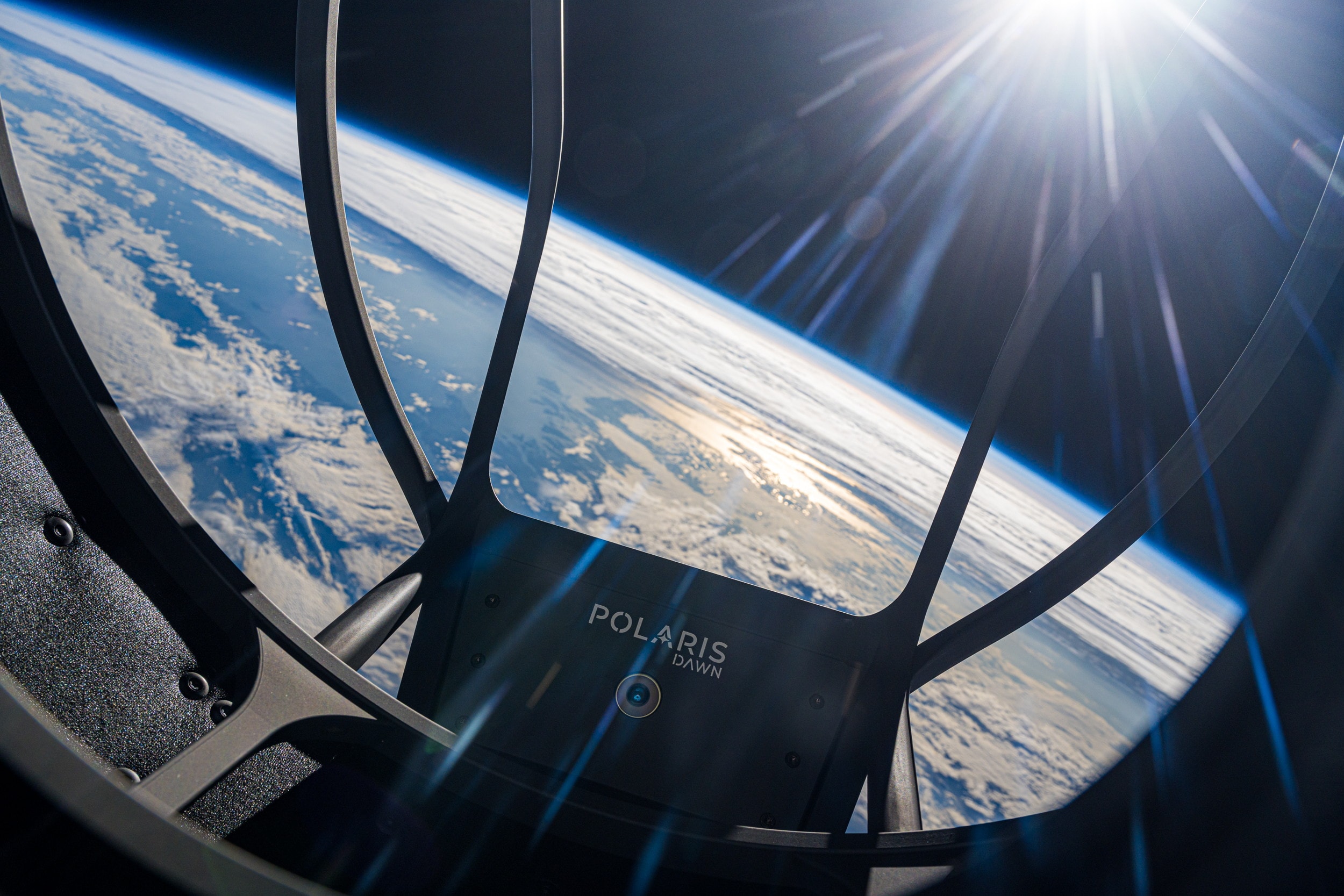The space exploration is undergoing a dramatic transformation, with the emergence of private space companies paving the way for civilians to start on cosmic adventures. Polaris Dawn, a groundbreaking mission led by Jared Isaacman, CEO of Shift4 Payments, marked a significant milestone in this new era.
The crew, comprising a retired USAF pilot, Scott Poteet, and two SpaceX engineers, Sarah Gillis and Anna Menon, all non-astronauts, ventured on a record-setting journey to Earth orbit. Unlike previous private spaceflights, Polaris Dawn had a clear set of research objectives.

The mission successfully achieved all its goals, demonstrating the potential of civilian led space exploration and setting a new benchmark for future endeavors. One of the key accomplishments was reaching a peak apogee of 874.95 miles, the highest Earth orbit ever attained by any spacecraft.
This feat allowed the crew to conduct unique experiments within the Van Allen radiation belt, a region of intense radiation that offers valuable insights into the effects of space on human health and technology. Another notable achievement was the successful testing of Starlink internet service in space.
Sarah Gillis, one of the crew members, performed a live violin performance, broadcasting it via Starlink, a first of its kind demonstration of the technology’s capabilities. This accomplishment highlights the potential of high-speed internet connectivity in space, which could revolutionize future space missions and enable new forms of communication and collaboration.
Polaris Dawn serves as a testament to the growing role of civilians in space exploration. The mission’s success demonstrates that individuals with the necessary skills and resources can contribute meaningfully to scientific research and technological advancement in the cosmos.
As private space companies continue to innovate and expand their capabilities, we can expect to see even more ambitious and groundbreaking civilian led space missions in the years to come. The Polaris Dawn mission marked a significant milestone in human space exploration, particularly for commercial spaceflight.
For the first time, civilians ventured outside their spacecraft, conducting extravehicular activities (EVAs) at unprecedented altitudes. Equipped with innovative spacesuits designed specifically for EVAs, the crew successfully demonstrated the potential for future human missions to Mars.

Beyond the EVAs, the mission also carried out valuable medical research, studying the effects of radiation, detecting venous gas emboli, and investigating spaceflight associated neuro ocular syndrome. As a precursor to future missions, Polaris Dawn paved the way for further human exploration beyond Earth.
The program, named after the North Star, aims to develop the necessary technologies and capabilities for lunar, Martian, and beyond exploration. With two more missions planned, including a historic flight aboard the Starship, SpaceX continues to push the boundaries of human spaceflight and scientific research.

